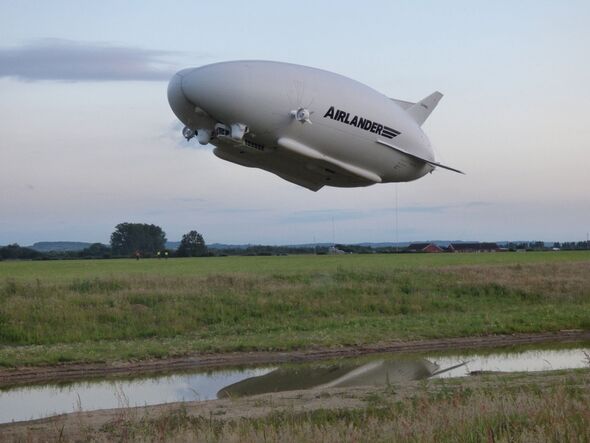
Former Portuguese banker gets top European research job
September 13, 2014
Justice Department takes aim at Bayer’s ‘Colon Lady’ commercials
September 13, 2014- Share
Love thy neighbour: Neanderthals overlapped with present-day humans in Europe for between 2600 and 5400 years before disappearing about 40,000 years ago(Source: NASA/JPL)
Overlapping lives Far from wiping out Neanderthals overnight, modern humans lived alongside their shorter and stockier cousins in Europe for thousands of years, confirms a new study.
The study, published in the journal Nature, is the most accurate timeline yet for the demise of our closest relatives.
Using new radiocarbon dating techniques, a team of international scientists show Neanderthals overlapped with present-day humans in Europe for between 2600 and 5400 years before disappearing about 40,000 years ago.
The findings overturn previous theories that suggest late-surviving groups of Neanderthals lived in places such as Gibraltar later than 40,000 years ago.
Pinpointing how and when the Neanderthals became extinct has been tough because the mainstay process of radiocarbon dating is unreliable for samples that are more than 30,000 years old, due to contamination.
The latest six-year project used modern methods to remove contaminants and accurately date nearly 200 samples of bone, charcoal and shell from 40 important archaeological sites across Europe.
The data shows that Neanderthals vanished from Europe between 39,000 and 41,000 years ago — but rather than being replaced rapidly by modern humans, their disappearance occurred at different times across sites from the Black Sea to the Atlantic.
“Now that we are using better techniques, the picture is becoming much more clear in terms of the process by which Neanderthals disappeared from Europe,” said lead researcher Professor Tom Higham of the University of Oxford
The study provides the first clear evidence from anywhere in the world that Neanderthals and modern humans lived in neighbouring regions at the same time, says study co-author Dr Rachel Woods of the Australian National University.
“They would have had plenty of time to interact,” says Woods.
“It does seem as though there was a complex cultural and biological mosaic which may have allowed the two species to meet in Europe.”
But, she says, it is unclear about whether or not they actually did interact in Europe at this point in time.
“We’ve shown that it was possible, but haven’t shown that it did happen.
“There are lots of other places where they might have interacted at different times,” she says.
Interbreeding
Scientists know from DNA evidence that there was some interbreeding between the two groups at some time, although it is not clear whether this occurred once or many times.
Recent studies have suggested between 1.5 and 2.1 per cent of the DNA of modern non-African human populations originates from Neanderthals.
“In a way, our close cousins, as Neanderthals are, aren’t extinct,” says Higham. “They carry on in us today.”
Paleoanthropologist Chris Stringer of the Natural History Museum in London, who was not involved in the research, says the new findings were “striking” and backed up the idea that modern humans and Neanderthals may have learnt from each other.
He believes interbreeding probably first occurred in Asia soon after modern humans began to leave Africa around 60,000 years ago, so the latest evidence indicates the two populations may have been in some kind of contact for up to 20,000 years – much longer than in Europe alone.
The researchers dated a number of items from sites of so-called transitional stone tool industries — viewed as either the work of the last of the Neanderthals or early modern humans — and found they were all between 40,000 and 45,000 years old, indicating a period of possible cultural exchange.
Interestingly, they found no evidence that Neanderthals and modern humans lived particularly closely together. Rather, Neanderthals probably survived in dwindling populations in pockets of Europe before dying out altogether.
It is unclear what killed off the Neanderthals, although theories include an inability to adapt to climate change and increased economic competition from more agile modern humans.
While the latest work provides the most robust timeline so far of the last days of the Neanderthals, there are still gaps in coverage, particularly in Siberia and eastern regions of Eurasia. That is something the researchers plan to address in follow-up investigations.
“Ultimately, our aim is to create kind of movies that show the arrival and departure of different sub-species of humans across Europe,” says Higham.
“We are part-way towards that but there is a still a lot more work we can do.”
Email the editor
Use these social-bookmarking links to share Neanderthals and humans were neighbours in Europe.
Use this form to email ‘Neanderthals and humans were neighbours in Europe’ to someone you know:
http://www.abc.net.au/science/articles/2014/08/21/4071724.htm?





